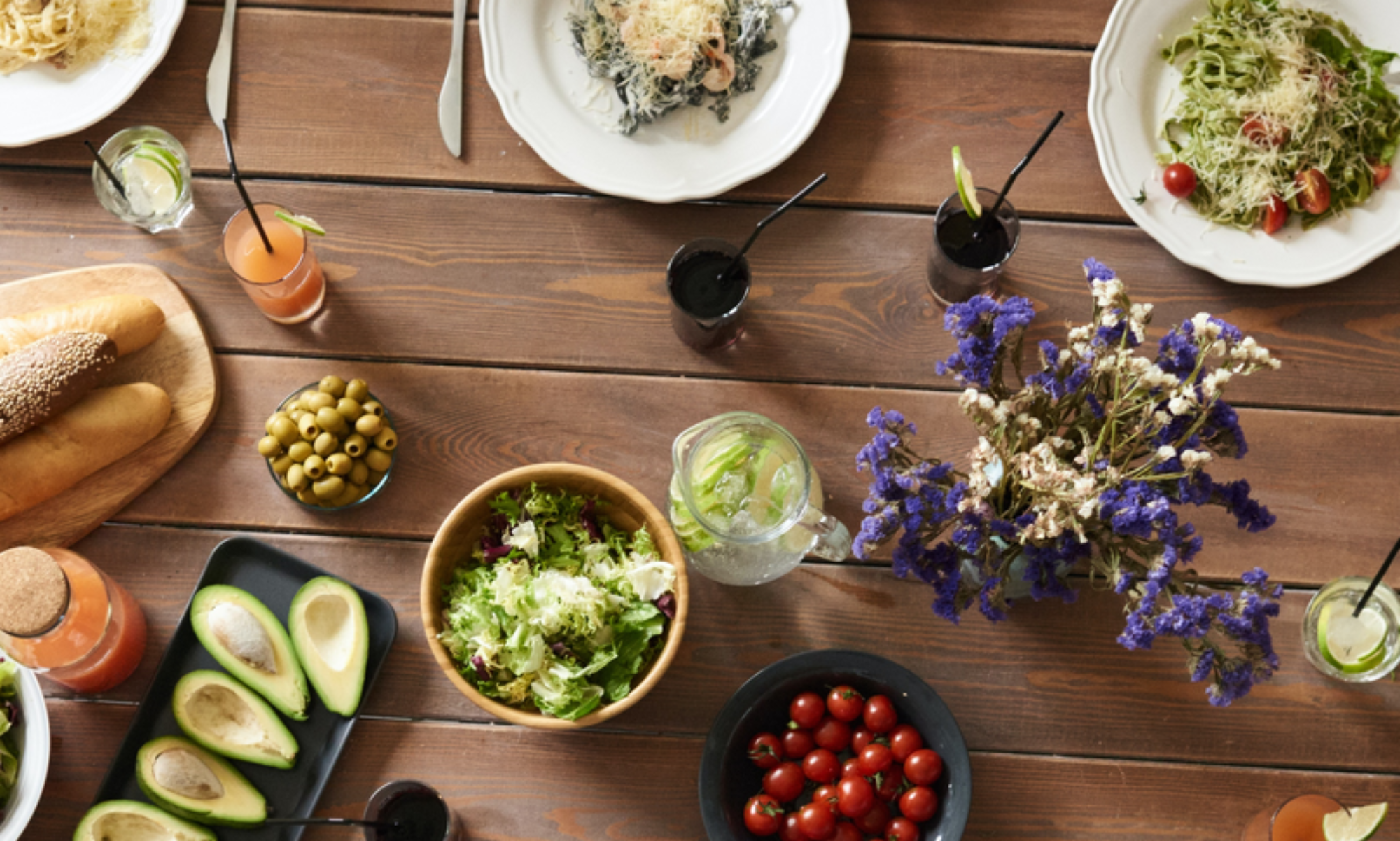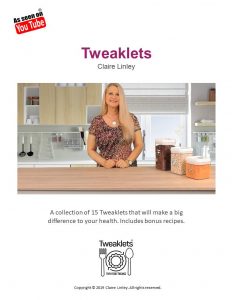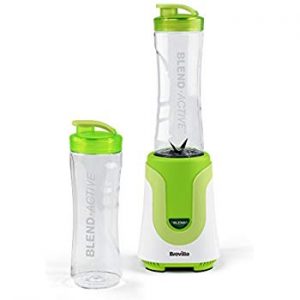There was a cheesy TV commercial when I was growing up about car oils with two guys speaking in terrible New York accents and the punchline was “oils and ain’t oils”.
It was cheesy but memorable ad! And I mention it today because this also applies to cooking oils. Some commonly used cooking oils are very bad for our health. So here’s some information about oil that I’ve learned.
The first one to avoid is anything labelled vegetable oil. Usually this is heavily refined soybean oil, or possibly heavily refined cottonseed, safflower, corn or grapeseed. Obviously it’s the heavily refined part that is of concern – they are processed under high heat pressure and using industrial solvents!
The other big issue with these vegetable oils is that they are mostly composed of polyunsaturated fats, which is the most reactive type of fat). This means they are prone to oxidation and free radical production, when exposed to heat and light.
What this means for our body is that these oils cause inflammation which can in turn lead to many internal problems and even serious disease such as cancer and heart disease.
There are a number of other unhealthy oils, like Canola and Margarine, which we’ll tackle in Part Two. For now let’s look at the top three HEALTHY alternatives.
Virgin coconut oil – because it is very stable at medium to high temperatures and full of healthy fats that provide great health benefits.
Extra Virgin Olive Oil which is good for low temperature cooking and to use in your lovely homemade salad dressings.
Real Butter – particularly grass fed butter which contains important nutrients, vitamins and omega-3s.
So remember my fellow Tweakleters OILS AINT OILS and when you’re cooking, baking and making dressings, consider ditching the vegetable oil and explore some new alternatives.



